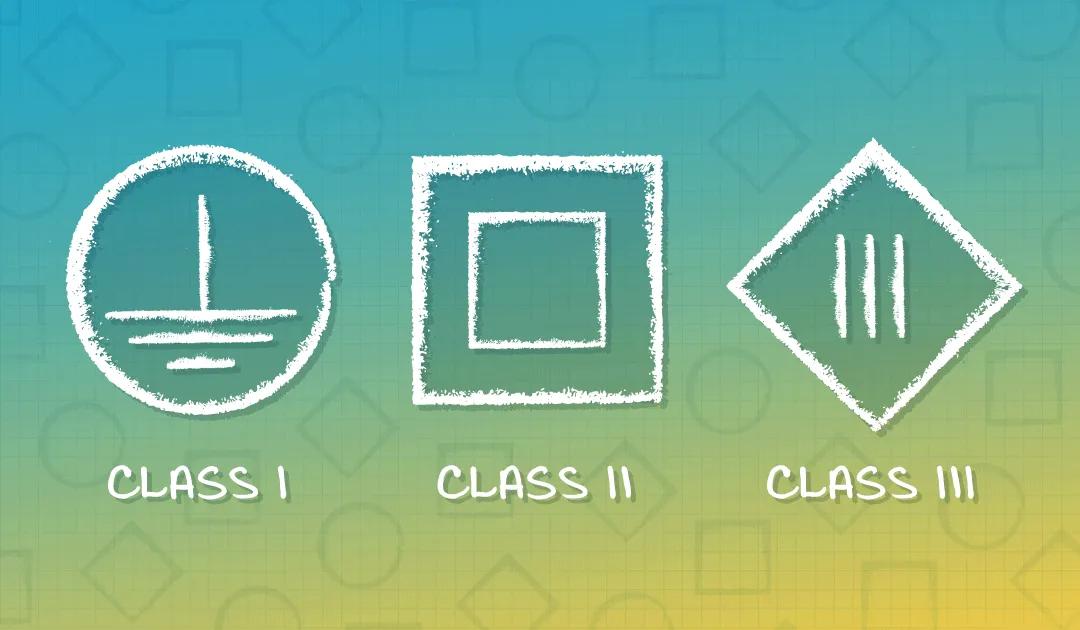What are the Differences Between Class I, Class II, Class III LED luminaires?

Class Types for appliances consider the insulation system of the product. It specifies measures to prevent dangerous contact voltages on unenergized parts of the electronic device. According to the measures, it can be divided into four Class, Class 0, Class I, Class II, and Class III. We here mainly discuss I, II, and III.
What’s Class I ?
Class I LED luminaires have basic insulation and must incorporate a protective earth connection to mitigate the risk of electric shock. The safety of them is achieved by using basic insulation and also providing a means of connecting to the protective earth conductor in the building where by routing those conductive parts that are otherwise capable of assuming hazardous voltages to earth ground if the basic insulation fails. This means a class I LED luminaires will provide a terminal/pin for earth ground connection.
What’s Class II ?
Class II LED luminaires not only rely on basic insulation to prevent electric shock protection but also must provide additional safety protection measures such as double insulation or reinforced insulation. There is no reliance on either protective earth or installation conditions. This means a class II LED luminaires does not have a terminal/pin for earth ground connection.
What’s Class III ?
Class III LED luminaires are defined as that protection against electric shock depends on the absence of a voltage above safety extra-low voltage (SELV). SELV is defined in the relevant standards as the voltage not exceeding 25VAC or 60VDC. So the extra safety features built into Class I and Class II LED luminaires are therefore not required for Class III LED luminaires.




